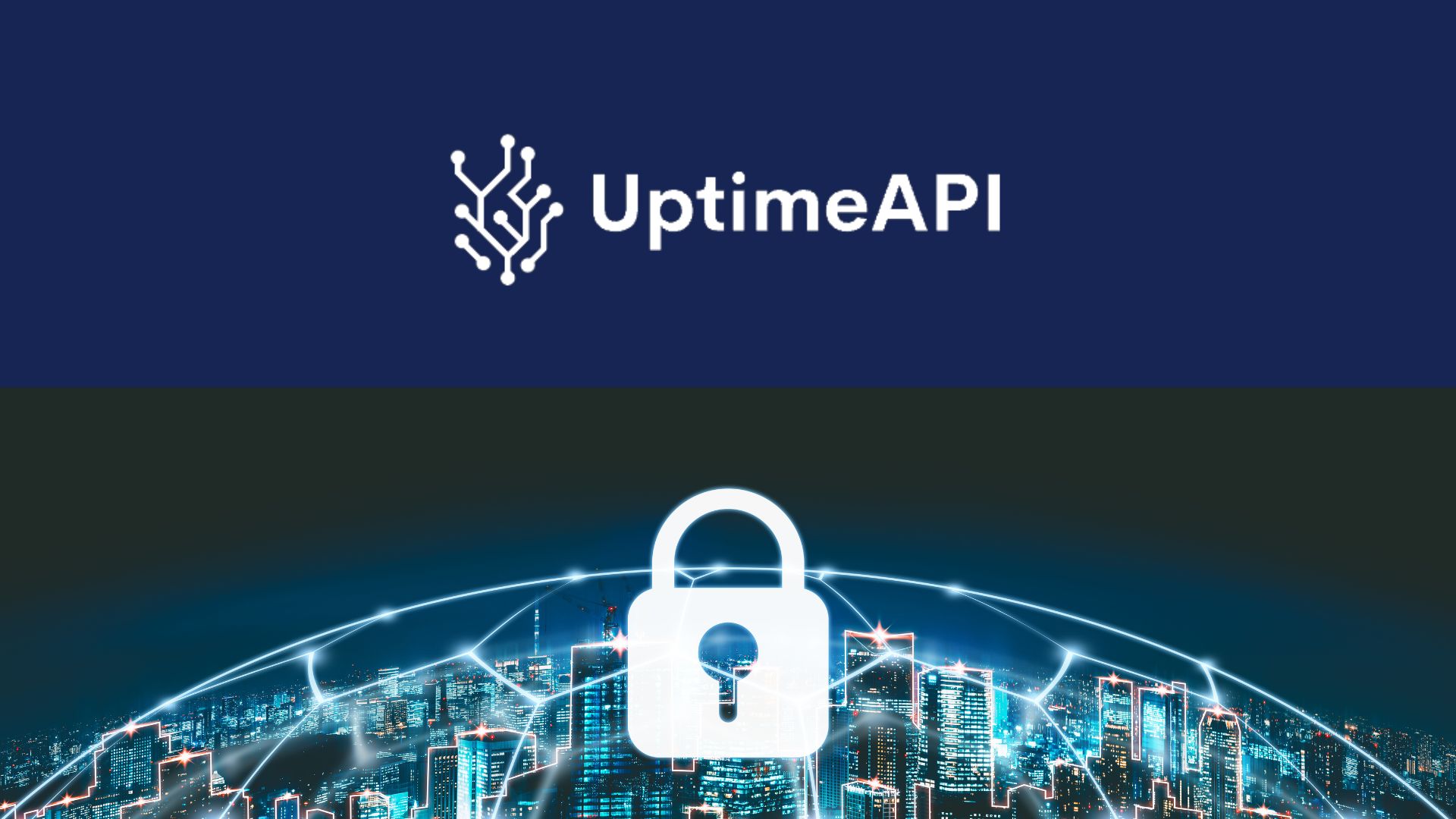How To Monitor An API: Step By Step Guide

APIs are the foundation of contemporary digital experiences, enabling cross-platform capability, data interchange, and service integrations. Good API monitoring protects against performance deterioration, security flaws, and outages, which keeps operations running smoothly and boosts user happiness. Now let's talk about how to monitor an API.
An Overview of the Process for Monitoring APIs
APIs, or application programming interfaces, are essential to the modern digital ecosystem because they allow programs to interact with one other and with disparate systems in a seamless manner. For companies and developers to make sure that their APIs function dependably and effectively and satisfy the needs of both users and stakeholders, API monitoring is essential.
Continuous observation and analysis of important metrics is required for API monitoring in order to assess the dependability, performance, and availability of APIs. The key actions, measurements, resources, and best practices for putting into practice effective API monitoring strategies will all be covered in this extensive handbook.
How To Monitor An API: Implementing Monitoring Checks
Set specific goals for API monitoring at the outset, such as improving API uptime metrics or streamlining API performance. Give an overview of the key API health metrics to be watched and the alert thresholds for API outages. Make sure all endpoints are available and configure comprehensive performance metrics monitoring. To spot possible bottlenecks and guarantee quick tracking of API uptime, keep a constant eye on API time response.
Achieve a balance between historical analysis to spot long-term trends and patterns in API consumption and real-time API monitoring for prompt issue resolution. Examine API uptime statistics to identify trends and evaluate overall API efficiency. To estimate future needs and correlate various API uptime metrics, apply advanced analytics. Create incident response protocols that include actionable measures and transparent escalation pathways for quickly resolving occurrences of API availability alerts.
Uptime API
You can keep an eye on your APIs with Uptime API. It functions by routinely verifying that your APIs are operational and functioning as intended. It's simple to set up monitors. The target API endpoint URL and the ability to modify the watch's timeout and interval parameters are required in order to set up monitors. Monitoring intervals indicate how frequently an API will do health checks, whereas timeouts indicate how long an API will wait for a response. With these settings, you may tailor monitoring to your requirements and tastes.
You can choose which contacts should receive notifications straight from your API dashboard and set up alerts. You can then inform your team in this manner. You can select the package that best suits your monitoring requirements from a range of customizable parameters and monitor limitations. Additionally, it offers historical data and analytics so you can monitor how API availability and performance have changed over time. Obtain access to your logs so you may investigate any API problems.
Examine historical performance trends and make decisions based on the facts. You may customize alerts to meet your needs and prevent pointless disruptions. monitoring of APIs in real time with instant information. Choose the alert dissemination option that best meets your needs, such as email notifications, SMS, or webhooks.
